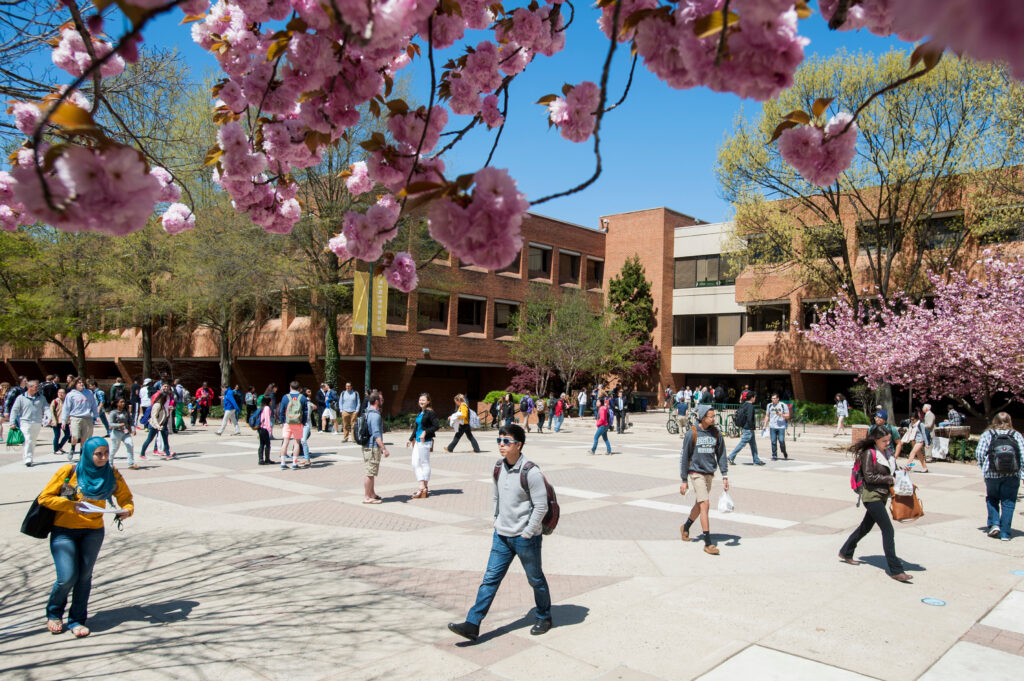Differences Between Studying Abroad In The UK, US And Australia

The United Kingdom, United States and Australia are among the top destinations for
international students to study university abroad, known for the world-class education and
high quality of life they offer as well as their prominence on the global stage.
Their popularity as favoured places to study abroad can be seen in their ongoing inclusion
among the destinations with most foreign students, by various organizations and industry
authorities. The International Institute of Education ranked the US first, the UK second and
Australia fifth among the world’s top 10 countries for foreign student enrollment as of 2023,
while UNESCO ranked them first, second and third respectively as of 2022.
Traditionally the US and UK are the most prestigious choices, while Australia has the highest
ratio of international students per capita in the world – in 2019 accounting for 27% of the
student body population in the country’s universities.

For international students who happen to be considering either the US, UK or Australia for their
higher education studies abroad, it’s important to look at the differences in studying between
these destinations. Deciding on where to study abroad is an important decision that should
involve consideration of various factors such as academic goals, career aspirations, financial
requirements and personal preferences. Choice of university, university entry requirements,
course and programme selection, tuition fees, local cost of living and obtaining a visa to study
abroad are other important elements.
Attending university in the UK is different from attending university in the US or Australia, while
attending an Australian university is different from attending an American university. Here are
some of the key points:
👉 Educational system and degree structure:
The UK follows more of a specialized approach to
study right from the start, with students typically choosing their major first and then studying
accordingly. In the US there is more room for flexibility, where students can explore different
subjects before declaring a major. Australia combines elements of both systems, some
programmes having students choose a major from the beginning and others allowing for more
exploration first.
👉 Teaching and learning style:
In the UK the emphasis is typically more on independent study and
research and with lectures and seminars providing guidance and direction, while in the US the
greater emphasis is on a combination of lectures, seminars, class discussions and studentprofessor interaction. The Australian approach is similar to the US, with a mix of lectures,
tutorials and group work.
👉 Assessment:
The UK primarily focuses on exams and coursework, with fewer continuous
assessments throughout the semester whereas the US system is more of a mix of exams,
essays, presentations and group projects with grades accumulated over the semester. In
Australia the approach usually includes exams, essays, presentations and practical assessments.
👉 Campus life:
Universities in the UK typically feature a more compact campus layout and boast a
strong emphasis on academic traditions and extracurricular activities, while US campuses can
be larger and more diverse and emphasize a wide range of sports, clubs, organizations and
other such extracurricular activities. Campus life in Australia usually takes on a laid-back and
relaxed atmosphere, and often reflects an appreciation for outdoor activities.
👉 Study duration:
Bachelor’s degrees in the UK typically take three years (although in Scotland
this is typically four years) with an additional year for an optional placement or a Master’s
degree, while Bachelor’s degrees in the US generally take four years with some students taking
longer if they pursue double majors or participate in co-op programmes. Undergraduate
programmes in Australia are usually three years though some professional degrees may take
longer.



